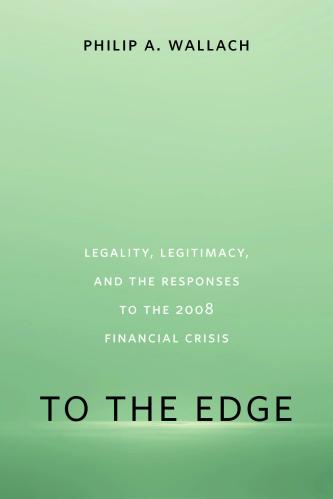Studies in this week’s Hutchins Roundup find most coal-fired electricity generators in the U.S. are predicted to retire in the upcoming decades, bank compliance with liquidity rules played a small role in hedge funds’ sales of U.S. Treasuries in March 2020, and more.
Want to receive the Hutchins Roundup as an email? Sign up here to get it in your inbox every Thursday.
Three-quarters of US coal-fired electricity generators will be retired by 2040
Using data on coal-fired power plant retirement dates, Charles Sims and J. Scott Holladay of the University of Tennessee and Rebecca Davis of SFA State University estimate that three-quarters of existing coal-fired electricity generators in the U.S. will be retired in the next 20 years, most of them in the next five years. The authors argue that there is little room for policy to significantly influence the trend. A large subsidy, constituting around 5% of total electricity expenditure, would extend the life of the median generator by only six years, while a carbon tax, imposed at the current social cost of carbon of $51 per ton, would speed up retirements by only two years. “No matter the policy landscape,” the authors say, “electric grid operators, environmentalists, and policymakers should expect the retirement of coal-fired generators to continue until coal essentially disappears from the grid.”
Credit constraints did not drive hedge funds to reduce positions in US Treasuries in March 2020
Hedge funds—which held a large and growing share of U.S. Treasury securities going into the pandemic—sharply reduced their holdings of U.S. Treasuries in March 2020, contributing to a surprising spike in yields. Mathias Kruttli of the Federal Reserve Board and co-authors find that the hedge funds’ sales were not driven by credit constraints, challenging the view that liquidity rules led big banks to pull back their lending. Using data on banks constrained and unconstrained by enhanced regulations imposed after the Great Recession, the authors find that banks constrained by stricter regulations provided 11%-13% more funding to hedge fund positions compared to other dealers during the pandemic. The authors propose that alternate motivations, such as firm-specific liquidity needs and funding pressures, drove hedge funds to sell Treasuries. The swift response of the Federal Reserve to stabilize the Treasury market, they say, “likely prevented a deleveraging spiral where hedge funds further sold off exposures in a declining market.”
New placement algorithm reduces college student enrollment in unnecessary remedial courses
At least 71% of post-secondary institutions use testing to place students into remedial or college-level courses, but there are concerns that these tests unnecessarily place under-represented groups in remedial courses. Peter Bergman, Elizabeth Kopko and Julio E. Rodriguez from Columbia University use predictive analytics to develop a new placement algorithm that incorporates high school GPA, high school rank, diploma status, and time since high school graduation in addition to placement-exam scores. In an experiment across seven New York community colleges, they found that the use of their algorithm substantially increased placement rates into college-level courses without reducing pass rates. It also narrowed gaps in college placement rates and remedial course taking across a number of demographic groups. The system appeared to be socially efficient—students saved $150 on average while increasing college credits earned, more than enough to offset the increased costs for colleges.
Chart of the week: The wage gap between Black and white men has not narrowed in the last 4 decades
Source: The New York Times
Quote of the week:
“As we continue to see progress toward the recovery, including the lifting of economic and social-distancing restrictions, the economy is growing at the fastest pace in decades. Economic output has likely surpassed its pre-pandemic peak, but even with this progress, there are over 10 million people still without jobs who are either actively looking for employment or have since left the labor force. Employment has been recovering rapidly in the sectors of the economy related to goods production and sales, but the services economy has been much slower to recover,” says Michelle Bowman, member, Federal Reserve Board.
“As the recovery in the labor market and spending on goods and services continues to gain momentum, we are seeing upward pressures on consumer prices. In recent months, inflation has risen to well over the Federal Reserve’s longer-run goal of 2%. This rise has reflected, in part, the fact that inflation numbers at the onset of the pandemic were very low … But there is more to the recent rise in inflation than just these measurement issues. The impressive upswing in economic activity has played an important role as it has led to a number of supply chain bottlenecks and put upward pressure on prices for many goods. These upward price pressures may ease as the bottlenecks are worked out, but it could take some time, and I will continue to monitor the situation closely and will adjust my outlook as needed.”












Commentary
Hutchins Roundup: Coal-fired plants, hedge funds, and more
July 1, 2021